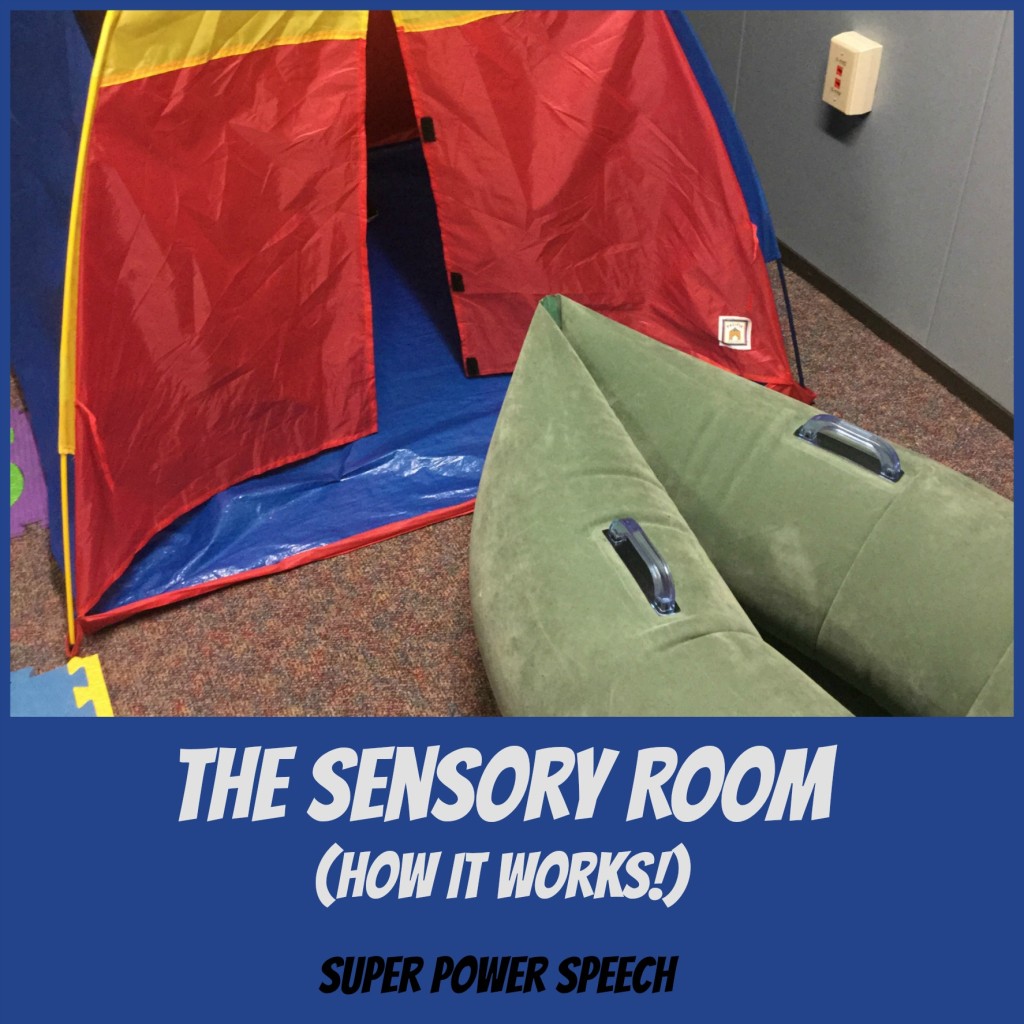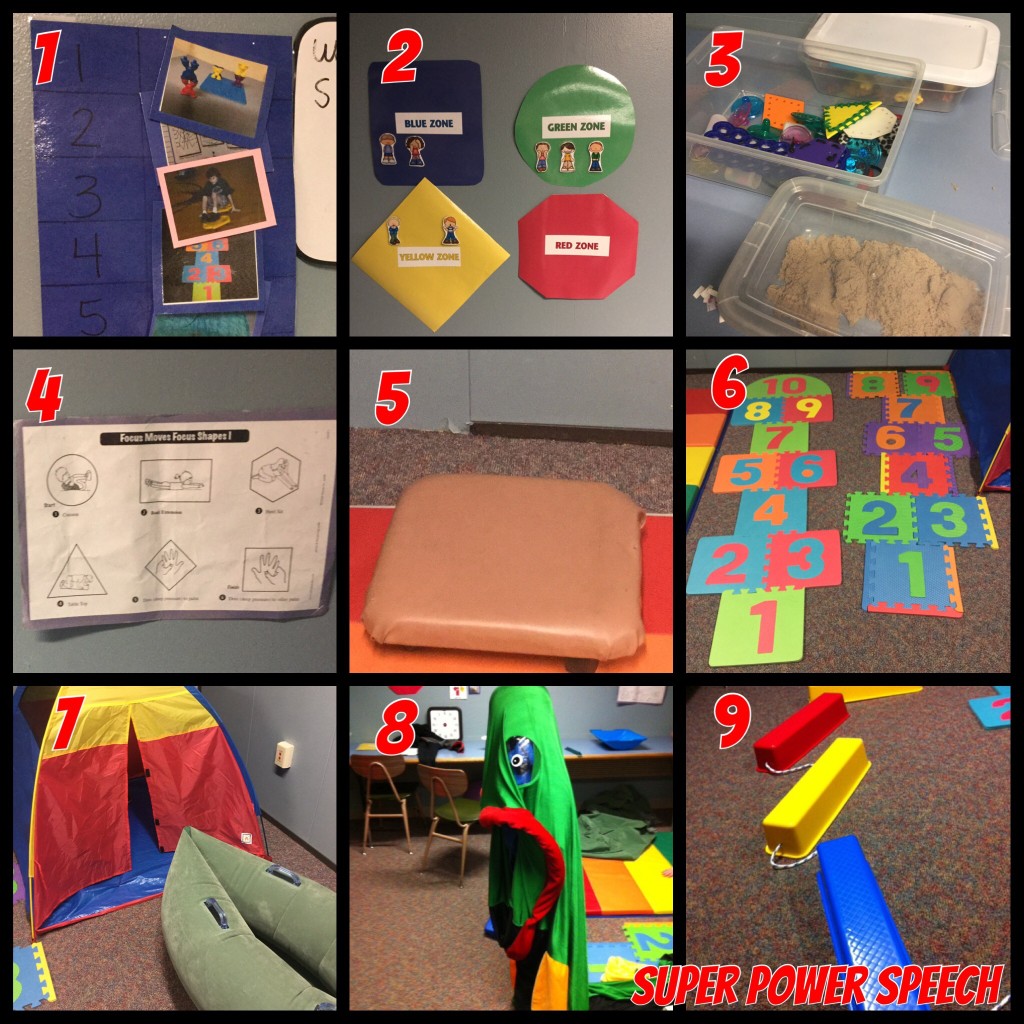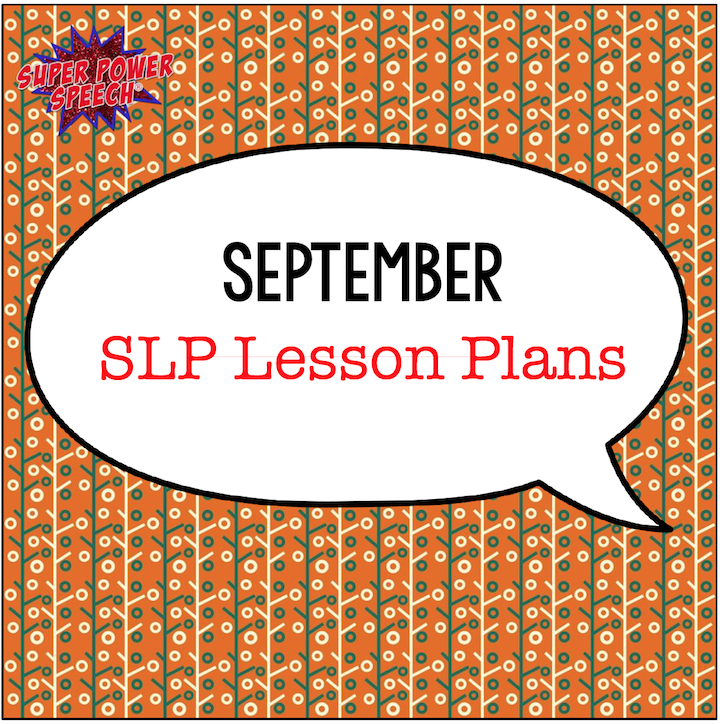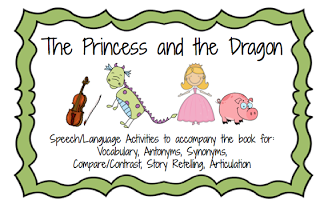The Sensory Room (How it works!)
In 2012, our school had an oddly sized, closet-like room become available for use. After speaking with my principal, I wrote a Donor’s Choose to turn this space into a Sensory Room for the in-proportionate number of students with sensory needs. At the beginning of this year, I did another Donor’s Choose to add new equipment to the room.
My job was getting the materials. Other specialists in the school use it and make it awesome.
The Occupational Therapist sets up a numbered routine for students to follow and set out the equipment that she wants used that month.
The Special Education teacher sets up a daily schedule so that our students who need it are using the room every day at a designated time. She also works with the school’s instructional assistant to provide these breaks to the students throughout the day.
The instructional assistant’s main job is sensory breaks during the day. She brings the students alone or in a group of 2 to the room and has them follow the schedule. It is important for these students to understand that just because the room is awesome, it is not “play” time. It is sensory work time. There is a routine and expectations.
Here are some of the things you can find in the sensory room:
1. Visual schedule. This is referred to often by the adult to keep students (even non-readers) on track for the stations.
2. Zones of Regulation posters. These help students identify their zone before and after the activities.
3. Fine motor boxes. The students can choose a box to use for sensory and fine motor skills.
4. S’kool Move Posters. I refer to these as the “Yoga” section of the sensory room. The students get on a mat and practice these poses for 10 seconds each.
5. Scooters. The students essentially do upper body heavy work by pulling themselves around with their arms.
6. Jumping. The students jump up and back on the hopscotch mats. This is good for compression and impact.
7. Relaxation station. The students lie in the tent or sit in the pea pod chair (boat) with a heavy blanket. The lights are dimmed and relaxing classical music is played. The goal of this station is to calm the body down before going to class.
8. Fish tube. This is brand new equipment for the room. The students slowly push a exercise ball through the tube and crawl trough after it.
9. Balance boards. These are another new addition to the room. These boards work on coordination skills and balance.
The entire sensory room routine is designed to last 10-15 minutes. However, I can tell you from experience, that it easily can take 20+ minutes. The students are expected to spend about 2 minutes at each station and clean up after themselves. Some of our students adore the sensory room, whereas others protest when it is their time. I, however, feel that it is beneficial to everyone (including myself) and wish there was teh time and space for everyone in the school to experience it daily!
In my next life, I am totally going to be an OT!








